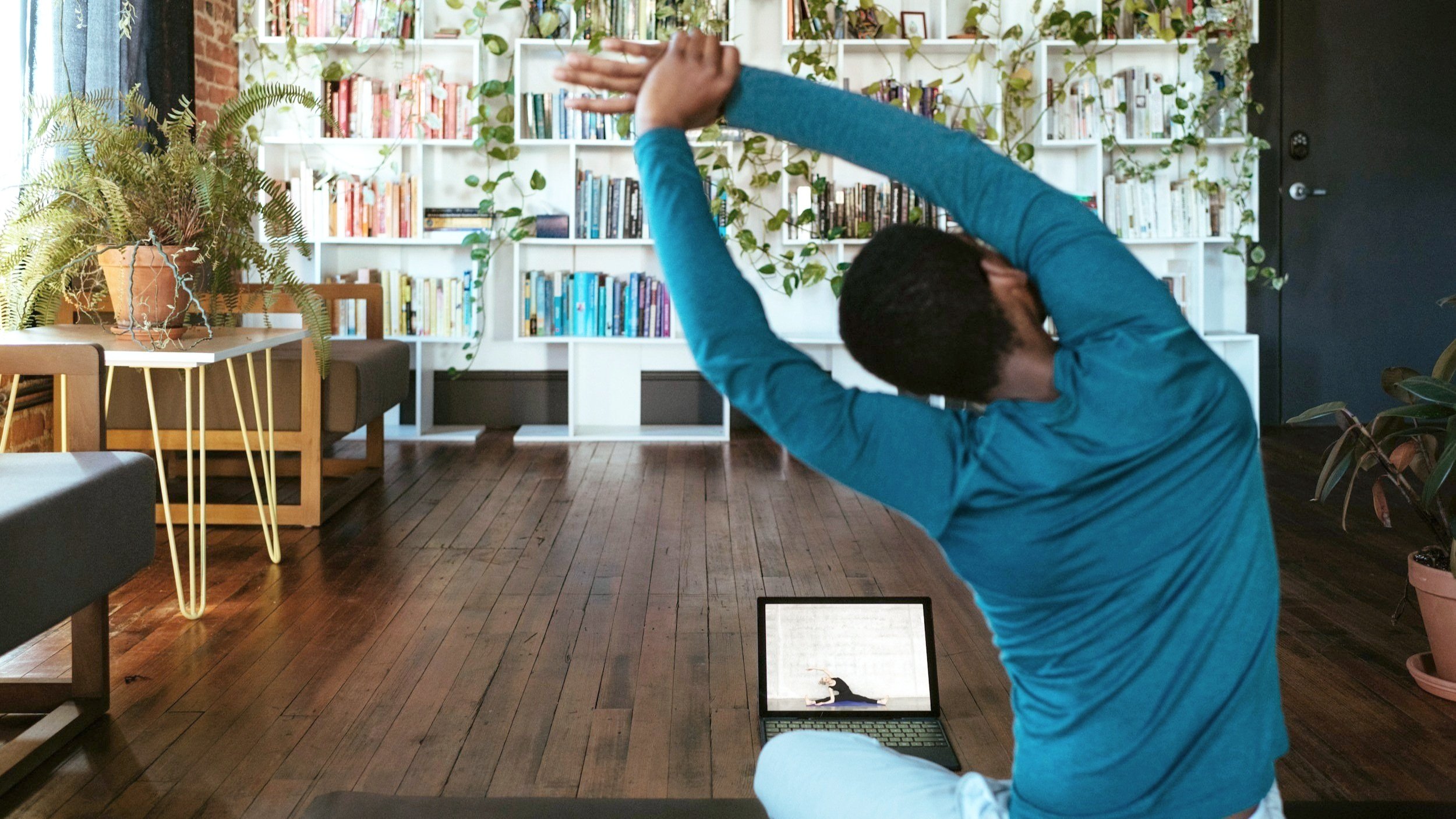Stay Active Indoors This Winter: Adaptive Workouts for Amputees
When icy sidewalks and snow-covered paths make outdoor exercise unsafe, staying active indoors is key to maintaining mobility, strength, and a positive mood. These simple, adaptable workouts are designed to help amputees stay fit and healthy during snowy days.
1. Gentle Stretching
Stretching helps improve flexibility and prevents stiffness, especially in cold weather.
Seated Hamstring Stretch: Sit on a sturdy chair, extend one leg forward, and reach toward your toes.
Side Stretches: While seated or standing, reach one arm overhead and lean gently to the opposite side.
2. Strength Training with Household Items
You don’t need expensive equipment to build strength—everyday items can work just as well!
Chair Squats: Stand in front of a sturdy chair, lower yourself down until just above the seat, and rise back up.
Arm Raises: Use canned goods or water bottles as weights to perform arm curls or shoulder presses.
3. Balance Exercises
Maintaining balance is crucial for prosthetic users and older adults.
Single-Leg Stand: Stand near a wall or sturdy surface, lift one foot slightly, and hold for a few seconds.
Heel-to-Toe Walk: Walk in a straight line, placing one foot directly in front of the other.
4. Cardiovascular Movement
Boost your heart rate with these low-impact cardio exercises.
Marching in Place: Lift your knees as high as possible while swinging your arms.
Step Touch: Step side-to-side while clapping or moving your arms for added motion.
5. Core Strengthening
A strong core enhances stability and posture.
Seated Leg Lifts: Sit in a chair, lift one leg at a time while keeping your back straight.
Modified Plank: Hold a plank position on your knees, keeping your core engaged.
6. Use Resistance Bands
Resistance bands are lightweight and ideal for home workouts.
Leg Presses: Wrap a band around both feet and press outward.
Arm Pulls: Hold the band with both hands and stretch it outward to strengthen your shoulders and arms.
7. Yoga or Tai Chi
These gentle practices blend stretching, strength, and balance.
Follow beginner-friendly videos online or try basic poses like Warrior II, Tree Pose, or Cat-Cow stretches.
8. Adaptive Exercises for Amputees
Focus on exercises that strengthen your residual limb and improve prosthetic control. Consult your prosthetist for personalized recommendations.
Examples include:
Seated Push-Ups
Hip Bridges
Light Resistance Training
Tips for a Safe Indoor Workout
Warm Up First: Start with light stretches or slow marching to loosen up.
Use Support as Needed: Have a sturdy surface, like a wall or chair, nearby for balance.
Listen to Your Body: Stop if you feel pain or discomfort and consult a healthcare provider if needed.
Staying active during winter doesn’t require a gym or outdoor trails—just a little creativity and the will to move. By incorporating these exercises into your routine, you’ll stay fit, strong, and ready to enjoy the season ahead.

